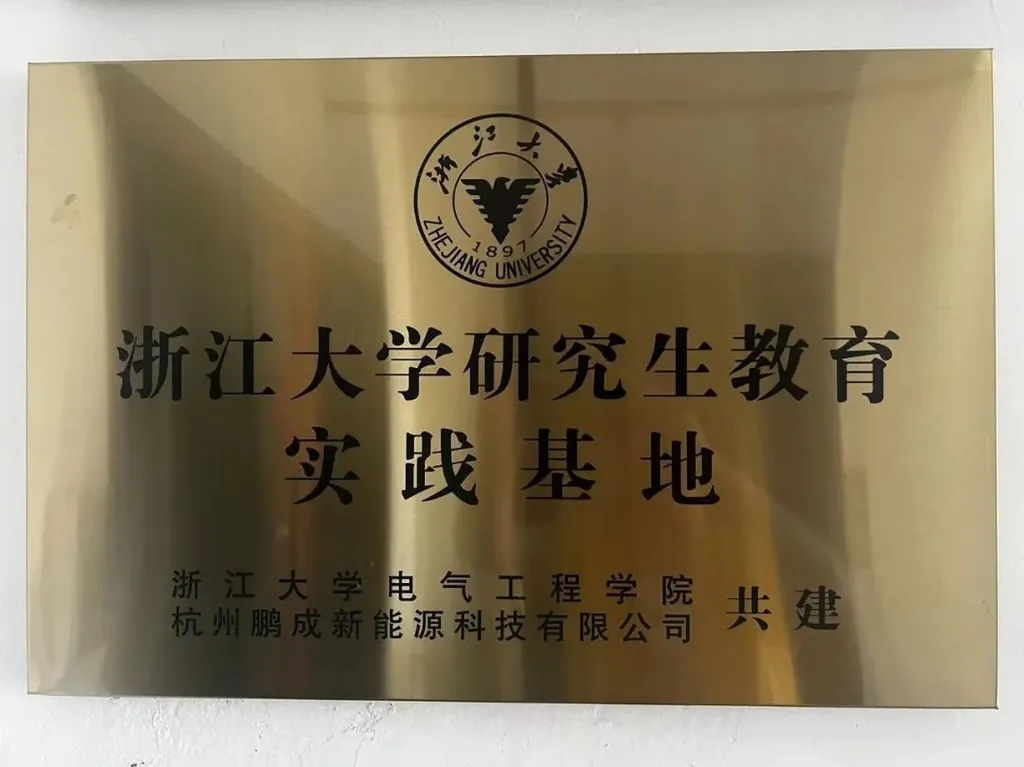In the heart of Zhejiang University, Hangzhou, China, a team of researchers led by Chenyu Li from the State Key Laboratory of Silicon and Advanced Semiconductor Materials is pioneering a new frontier in photonics. Their focus? Metal-organic frameworks (MOFs), a class of materials that could revolutionize how we harness and manipulate light, with significant implications for the energy sector.
MOFs are like molecular LEGO sets, self-assembling from metal ions and organic linkers into porous, crystalline structures. What makes them exciting is their structural diversity and flexibility, which can be fine-tuned to host highly polarizable molecules. These molecules can interact with light in unique ways, exhibiting nonlinear optical (NLO) properties and even lasing capabilities.
“MOFs offer ample opportunities for the orderly organization of highly hyperpolarizable chromophore molecules within confined spaces,” Li explains. This orderly arrangement is crucial for enhancing and adjusting NLO properties and laser emissions.
So, why should the energy sector care? NLO materials are the backbone of many optical technologies, from high-speed data transmission to advanced imaging and quantum computing. In the energy sector, these materials could enable more efficient solar energy harvesting, improved optical data storage, and advanced sensing technologies for monitoring and maintaining energy infrastructure.
The team’s review, published in *Information & Functional Materials* (translated as *信息与功能材料*), outlines strategies to construct MOFs with enhanced NLO and laser properties. By analyzing chromophore arrangement and interactions within the framework, they aim to understand the correlation between MOF structures and optical properties. This understanding could pave the way for designing and synthesizing MOFs with excellent NLO and laser capabilities.
One of the most compelling aspects of this research is its potential to shape future developments in the field. “We outline the future challenges and potential research directions for MOFs in NLO and laser fields,” Li notes. This includes exploring new metal ions and organic linkers, optimizing chromophore arrangement, and investigating novel interactions within the framework.
As we stand on the brink of a new era in photonics, the work of Li and his team offers a glimpse into a future where MOFs could play a pivotal role. Their research not only advances our understanding of these remarkable materials but also opens up new possibilities for their application in the energy sector and beyond. In a world increasingly reliant on data and energy, the potential impacts of this research are profound and far-reaching.

